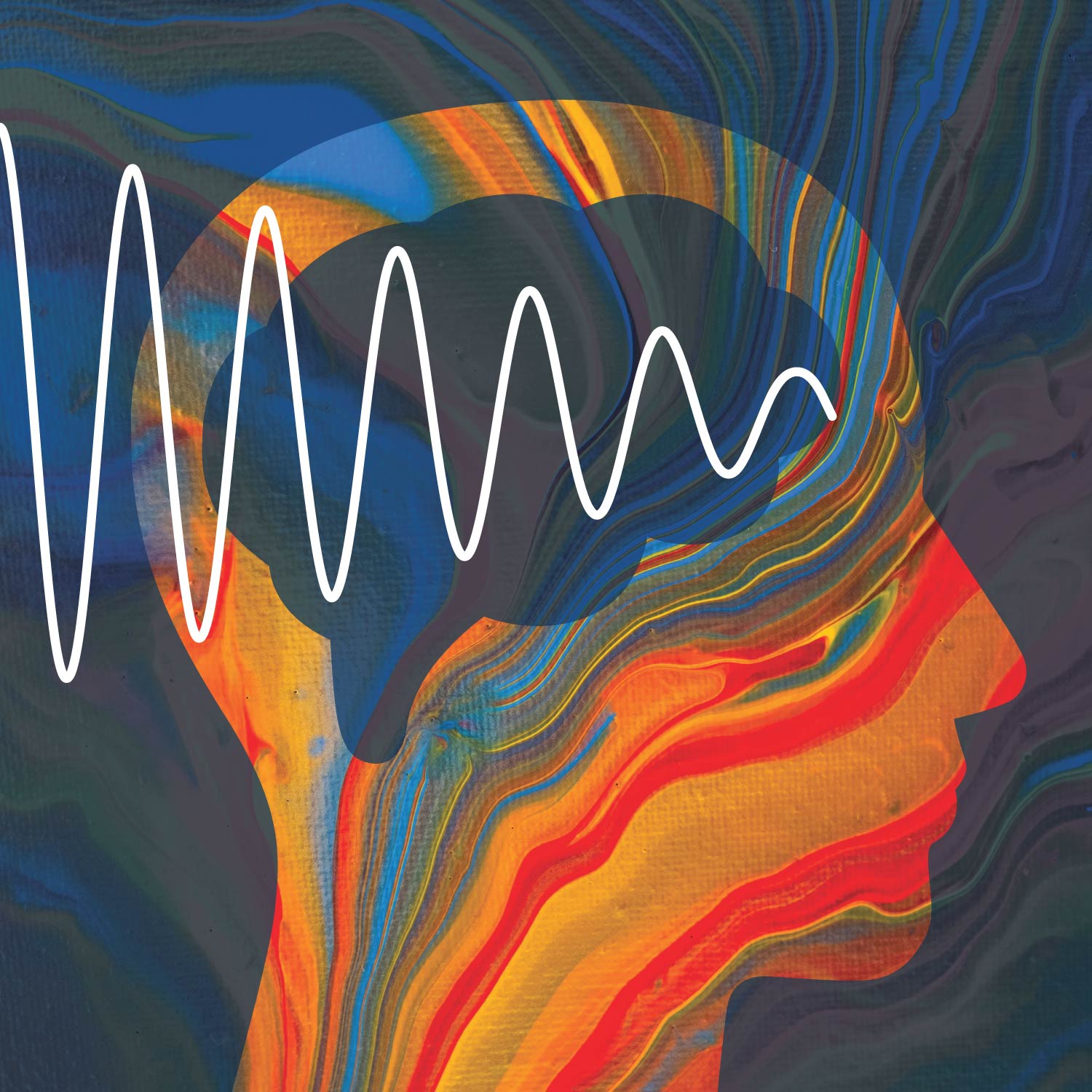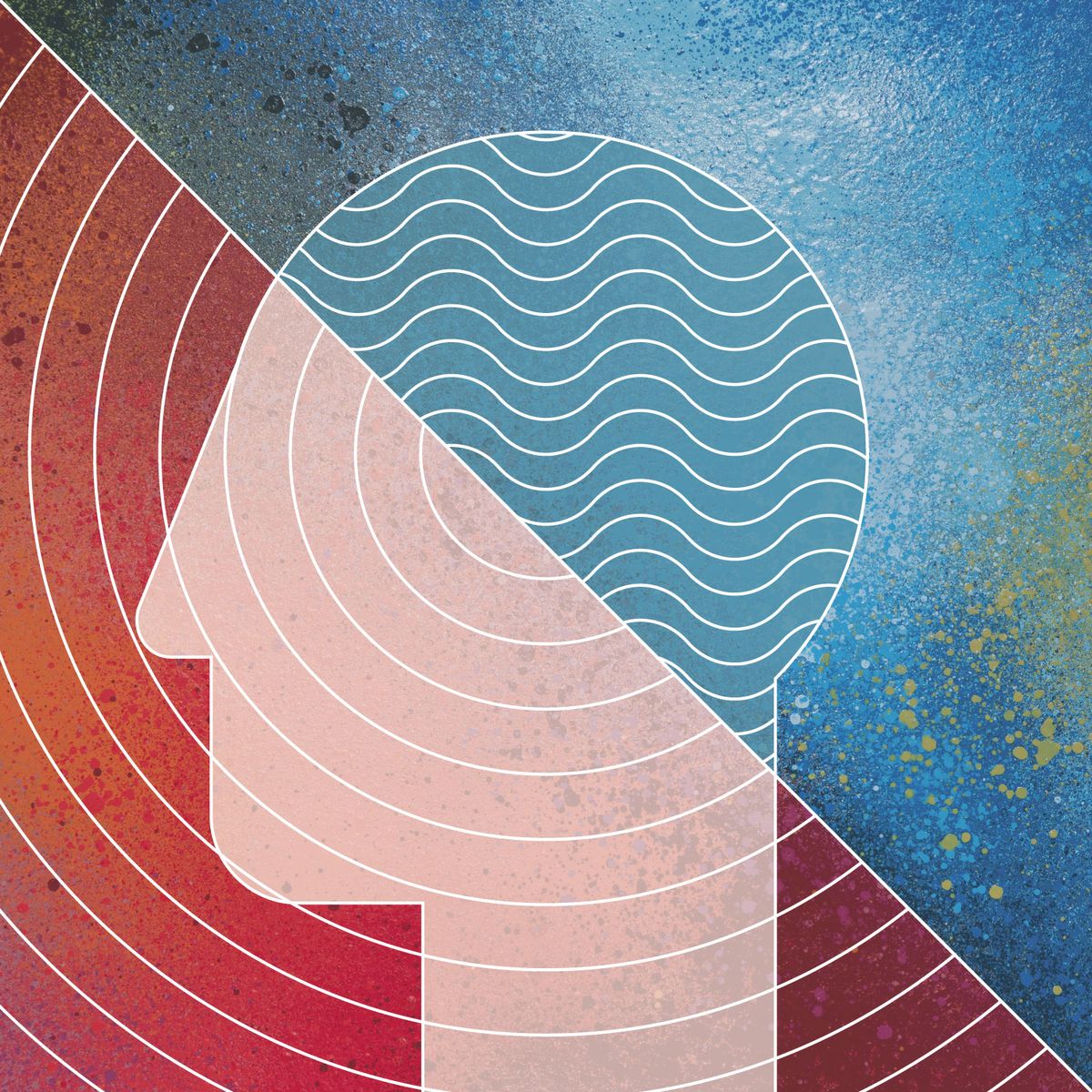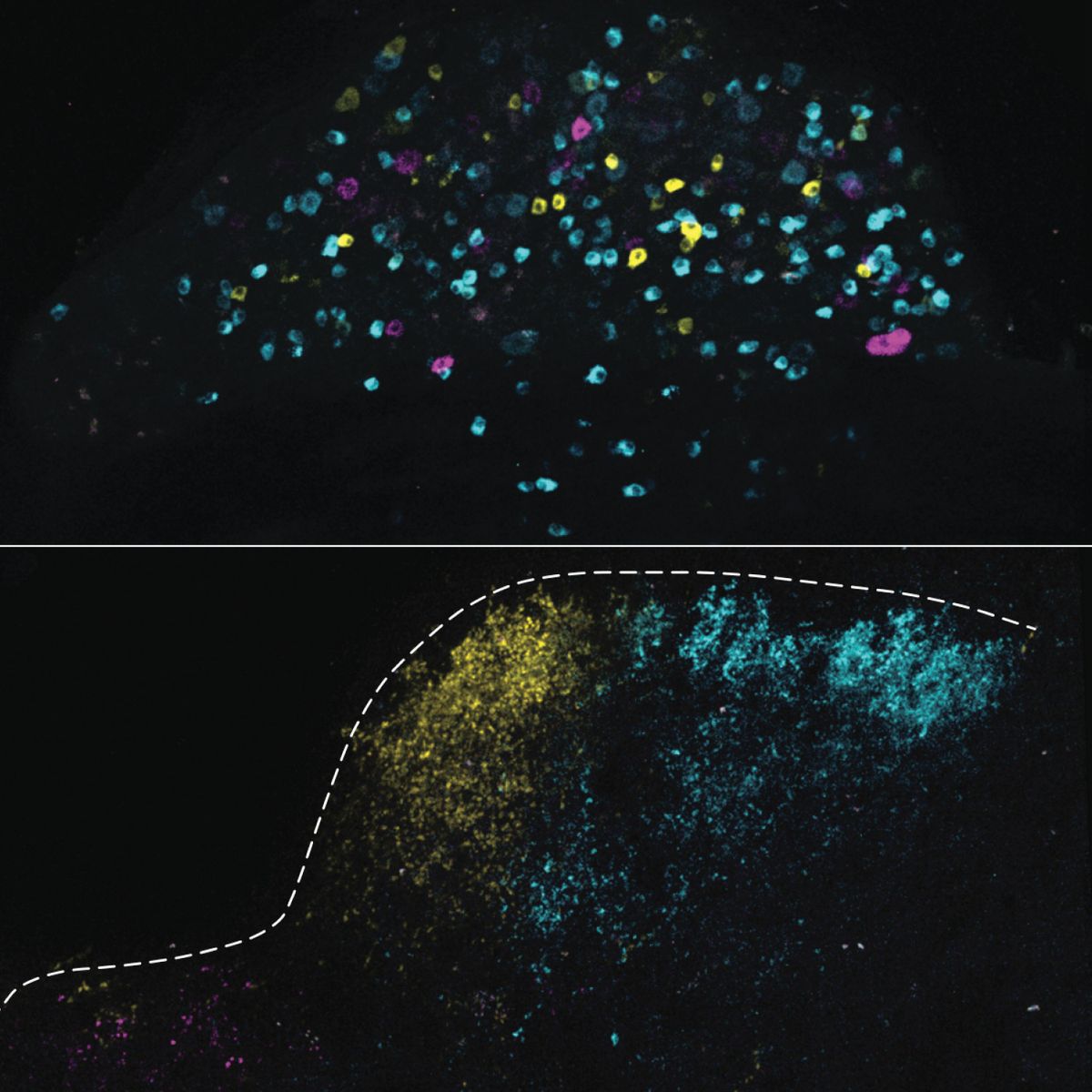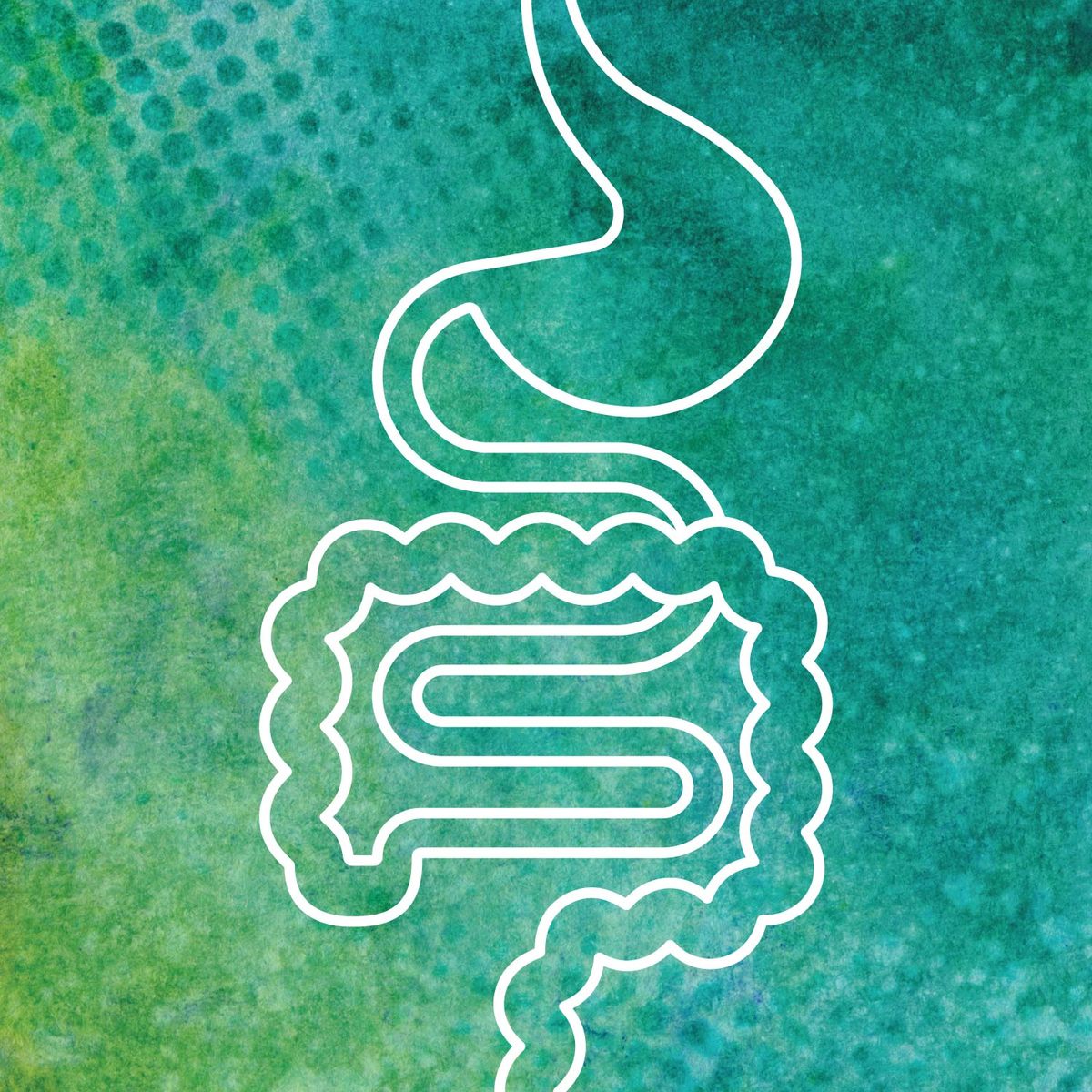Selected Research Results
NCCIH funds a wide variety of research studies, primarily focusing on three areas: mind and body practices, natural products, and pain. We also conduct research at the National Institutes of Health laboratories in Bethesda, Maryland.
This page provides plain language summaries of a few of the studies that NCCIH has supported or conducted. The summaries are ordered by date, with the most recent studies first. For more information, see this full list of published NCCIH-funded research studies in PubMed.
Multisensory Gamma Stimulation Promotes Glymphatic Clearance of Amyloid in Alzheimer’s Disease Models
A recent study showed that noninvasive Gamma ENtrainment Using Sensory stimuli (GENUS) reduced the accumulation of amyloid in mice models of Alzheimer’s disease (AD) through the brain’s glymphatic system. The study, conducted by researchers at the Massachusetts Institute of Technology, Westlake University in China, and Boston University, was partially funded by the National Center for Complementary and Integrative Health and published in the journal Nature.
February 2024
Neurons Generate Synchronized Rhythmic Waves in Brain’s Interstitial Fluid To Help Clear Metabolic Waste
A new investigation provides evidence that neurons in the brain act as master organizers for clearing the brain of metabolic waste and that they do so by synchronizing their actions to create large rhythmic waves in the interstitial fluid (ISF) during sleep. The study, recently published in Nature, was conducted by researchers from Washington University in St. Louis and partially funded by the National Center for Complementary and Integrative Health.
February 2024
Benefits of a Single-Session Pain Skills Class Last for 6 Months in People With Chronic Low-Back Pain
A single 2-hour pain relief skills class continues to reduce pain catastrophizing, pain intensity, and pain bothersomeness in people with chronic low-back pain after 6 months and is no less effective than an 8-session cognitive behavioral therapy (CBT) program, according to a study from Stanford University, partly funded by the National Center for Complementary and Integrative Health. These results, published in the journal Pain Reports, extend the findings of a 3-month evaluation and show that the effects of the pain skills class don’t deteriorate significantly from 3 to 6 months.
January 2024
Use of Complementary Health Approaches for Pain by U.S. Adults Increased From 2002 to 2022
Over a 20-year period—from 2002 to 2022—U.S. adults not only increased their overall use of complementary health approaches but were also more likely to use complementary health approaches specifically for managing pain.
January 2024
Adding Mindfulness-Oriented Recovery Enhancement (MORE) to Methadone Treatment Provides Therapeutic Benefits for People With Opioid Use Disorder and Chronic Pain
According to a recent study, adding a remote group therapy mindfulness program to standard methadone treatment leads to therapeutic benefits in people with opioid use disorder and chronic pain. The study, conducted by researchers at the Robert Wood Johnson Medical School, Rutgers School of Public Health, and University of Utah, was funded by the National Center for Complementary and Integrative Health (NCCIH) and published in the journal JAMA Psychiatry.
December 2023
New Machine Learning Strategy for Optimizing Interventions in Causal Model Design
Researchers developed a new active learning—or machine learning—strategy that outperformed existing approaches for identifying optimal interventions when designing causal models. The new approach, which was developed by researchers from Massachusetts Institute of Technology and Harvard University, was recently described in a paper in Nature Machine Intelligence. The research was partially funded by the National Center for Complementary and Integrative Health.
October 2023
The Mechanoreceptive Ion Channel PIEZO2 Plays a Critical Role in Sexual Function
Uncovering the biomechanical processes underlying human touch and sensation is critical to understanding this essential human function and key to discovering potential new approaches to treating pain, a key National Center for Complementary and Integrative Health (NCCIH) priority. NCCIH’s research is contributing to a growing understanding of the mechanoreceptive ion channel PIEZO2 and its essential role in discriminative touch in both mice and humans, in different parts of the body.
August 2023
PIEZO2 Ion Channel Plays a Key Role in Gastrointestinal Motility and Bowel Sensation
New research has identified mechanisms involved in sensing the presence of food in the gastrointestinal (GI) tract and controlling the transit of GI contents. The findings demonstrate a key role for the protein PIEZO2 in controlling GI motility, a process critical for proper digestion, nutrient absorption, and waste removal. This research, conducted jointly by the National Center for Complementary and Integrative Health, the National Institute of Neurological Disorders and Stroke, the Scripps Research Institute, and other collaborating institutions, was published in a recent issue of the journal Cell.
August 2023
U.S. National Survey Data Show High Rates of New Cases and Persistence of Chronic Pain
New cases of chronic pain occur more often among U.S. adults than new cases of several other common conditions, including diabetes, depression, and high blood pressure. Among people who have chronic pain, almost two-thirds will still have it the following year. These findings come from a new analysis of National Health Interview Survey (NHIS) data by investigators from the National Center for Complementary and Integrative Health, Seattle Children’s Research Institute, and University of Washington, published in JAMA Network Open.
May 2023
The Prevalence of Pain Among Sexual Minority Adults Is Higher Than Among Straight Adults, National Survey Data Show
Pain prevalence is significantly higher among sexual minority adults than straight adults, with the highest levels among those who identify as bisexual or “something else,” followed by those who identify as gay or lesbian, according to a new analysis of 2013–2018 data from the National Health Interview Survey (NHIS). This analysis, published in the journal Pain, was conducted by researchers from the University of Western Ontario; University at Buffalo, State University of New York; Michigan State University; Ohio State University; and National Center for Complementary and Integrative Health.
March 2023









